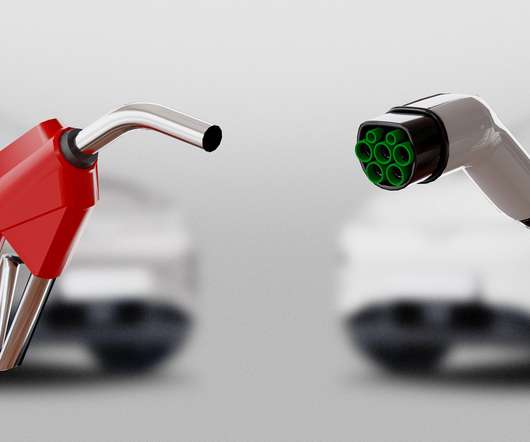California Energy Commission approves plans to invest nearly $500M in electricity R&D and alternative fuels
Green Car Congress
APRIL 23, 2014
The approved 2014-2015 Investment Plan Update for the Alternative and Renewable Fuel and Vehicle Technology Program will help reduce greenhouse gas emissions from the transportation sector, which accounts for about 40% of California''s carbon emissions. In other action, the Energy Commission approved funding of more than $3.8














Let's personalize your content